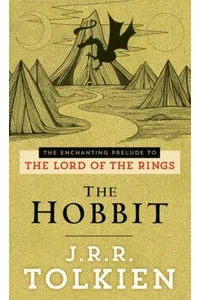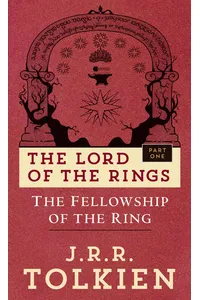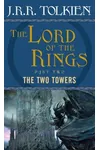Step into the enchanting world of The Lord of the Rings, where epic quests, unlikely heroes, and a battle for Middle-earth’s fate await! J.R.R. Tolkien’s legendary fantasy series, born from a love of mythology and language, has captivated readers for decades with its rich world-building and timeless themes of courage, friendship, and hope.
Since its debut in the 1950s, this saga has sold over 150 million copies, inspiring a blockbuster film trilogy and earning a permanent place in literary history. Whether you’re a hobbit at heart or a fan of grand adventures, The Lord of the Rings invites you to explore its sprawling universe.
How The Lord of the Rings Began
J.R.R. Tolkien, an Oxford professor and philologist, crafted The Lord of the Rings as a sequel to his 1937 children’s book, The Hobbit. Inspired by Anglo-Saxon myths, Norse sagas, and his experiences in World War I, Tolkien spent over a decade weaving this intricate tale. His passion for invented languages, like Elvish, shaped Middle-earth’s cultures and histories, giving the series its unparalleled depth.
Published between 1954 and 1955, the series faced initial skepticism due to its length and complexity but soon gained a devoted following. Tolkien’s vision transformed fantasy, setting the standard for the genre’s world-building and storytelling.
The Heart of The Lord of the Rings
The Lord of the Rings unfolds across three main books: The Fellowship of the Ring, The Two Towers, and The Return of the King, often accompanied by The Hobbit as a prelude. In The Fellowship of the Ring, Frodo Baggins, a humble hobbit, inherits the One Ring, a powerful artifact tied to the dark lord Sauron. Joined by a diverse fellowship—including hobbits, men, an elf, a dwarf, and a wizard—Frodo embarks on a quest to destroy the Ring.
The Two Towers follows the fellowship’s fracturing, with parallel tales of war and betrayal, while The Return of the King culminates in a climactic battle for Middle-earth’s future. Themes of sacrifice, the corrupting lure of power, and the resilience of ordinary heroes shine through. Set in the vivid, ancient world of Middle-earth, the series blends poetic prose with intricate maps and appendices, immersing readers in its lore.
Tolkien’s style is both grand and intimate, balancing epic battles with quiet moments of camaraderie. The series explores environmental stewardship, the cost of war, and the power of unity, making it resonate across generations.
Why The Lord of the Rings Resonates
The Lord of the Rings redefined fantasy, inspiring authors like George R.R. Martin and countless role-playing games, including Dungeons & Dragons. Its universal themes and relatable characters—Frodo’s courage, Gandalf’s wisdom, Sam’s loyalty—connect with readers worldwide. The series’ cultural impact extends to Peter Jackson’s Oscar-winning films, which brought Middle-earth to new audiences.
Beyond entertainment, the saga’s exploration of hope and perseverance speaks to real-world challenges, ensuring its relevance. Fan communities thrive, celebrating Tolkien’s world through art, conventions, and scholarly studies, cementing its legacy as a literary treasure.
- Publication Years: 1954–1955 (The Lord of the Rings), 1937 (The Hobbit)
- Number of Books: 3 main volumes, plus The Hobbit
- Awards: International Fantasy Award (1957), Hugo Award nominations
- Global Sales: Over 150 million copies
Grab The Fellowship of the Ring and dive into Middle-earth’s epic fantasy today! Whether you’re chasing adventure or seeking timeless wisdom, The Lord of the Rings promises a journey worth taking.



